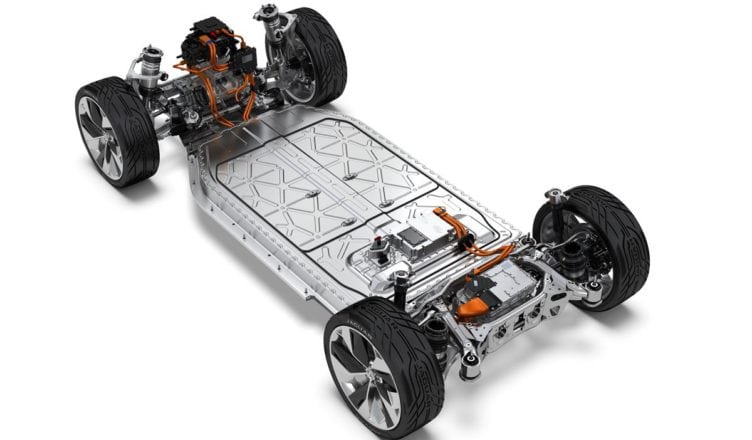The DLR Institutes of Engineering Thermodynamics and Vehicle concepts are developing innovative auxiliary units for air conditioning electric vehicles (fuel cell and battery electric) as part of the DLR Next Generation Car (NGC) project.
For fuel cell vehicles, this assembly consists of two reactors—each the size of a small shoebox. Stainless steel plates are layered on top of one another in the interior and are filled alternately with metal hydride and a heat carrier fluid. One reactor cools the air conditioning system, and the other generates heat that is dissipated into the surroundings.
The pressure difference between the hydrogen tank, which stores the gas at several hundred bar, and the fuel cell, which is fed at five bar, is used to start the reaction process.
The air conditioning unit is an open system that can be incorporated into the existing hydrogen infrastructure of the fuel cell drive train without consuming hydrogen.
The air conditioning unit can also be extended for use in battery-driven electric vehicles as a closed system without affecting the range of the vehicle. To do so, two further reactors are required that act in the same way as the hydrogen tank.
A unit for electric vehicles in the 2.5-kilowatt range has already been developed and will be field-tested with industrial partners.
Aaron is an automotive journalist living in Wyoming, USA. His background includes technology, mechanics, commercial vehicles, and new vehicle evaluations. Aaron is a member of several automotive media groups and writes for many well-known publications.

